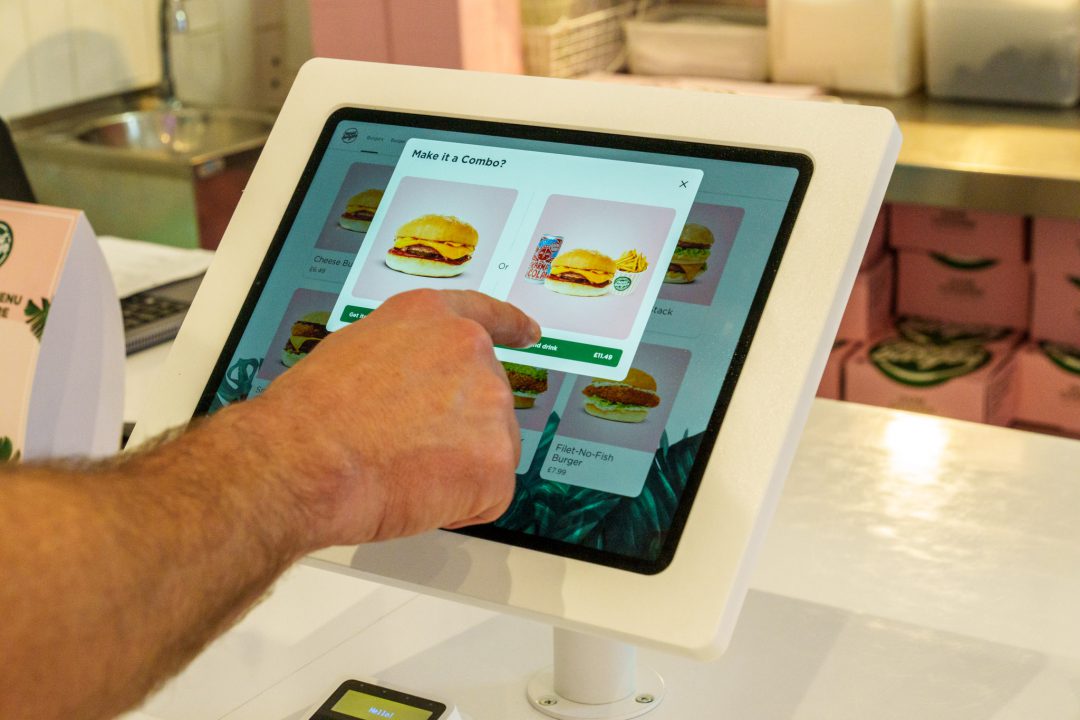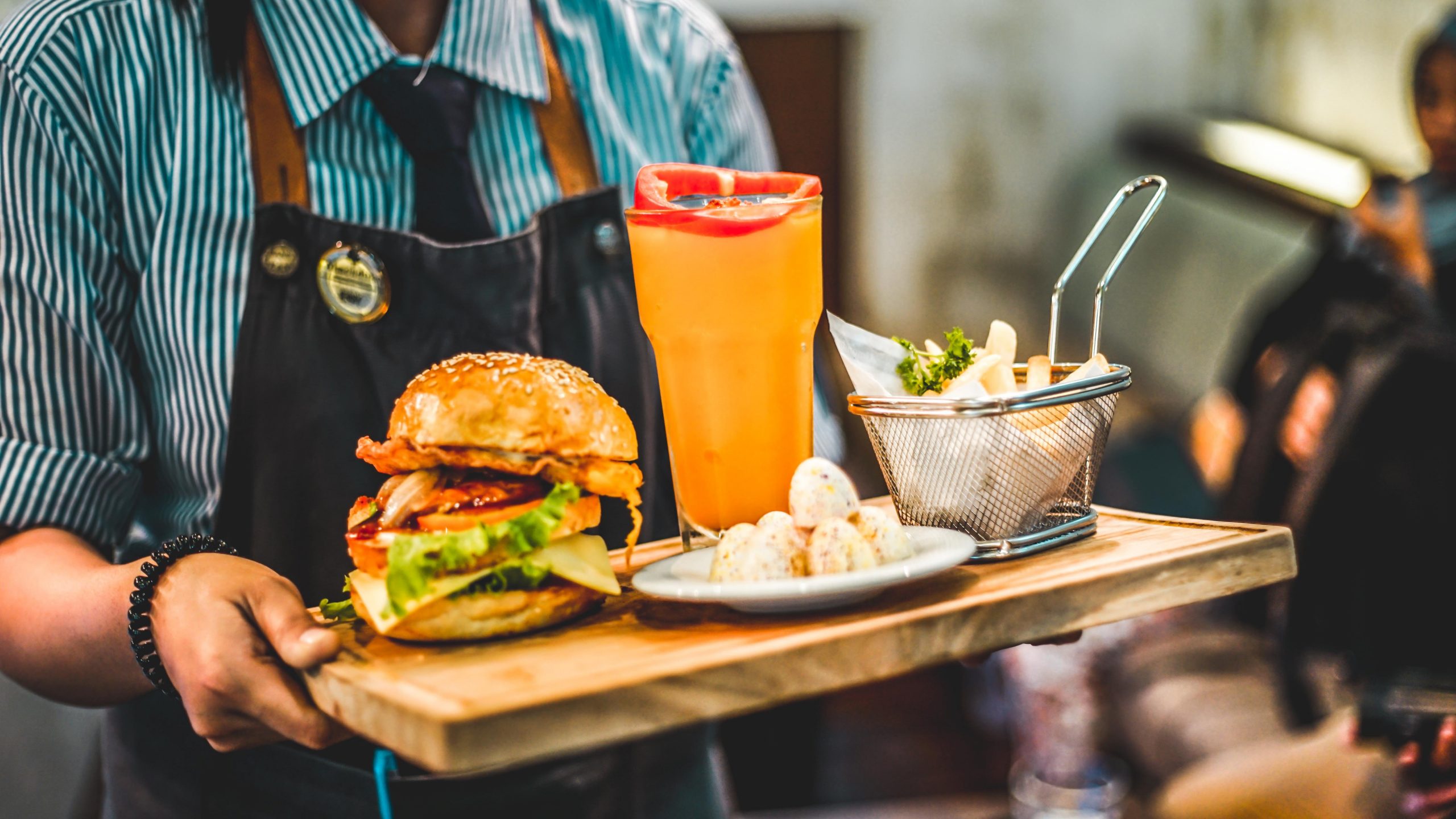Times are tough, but some brands are proving tougher. What’s their secret?
We recently brought together an exciting panel of experts – Michael Tingsager, founder of Hospitality Mavericks, Peter Backman, Strategic Business Consultant for Foodservice & Delivery and our very own Nick Liddle – to discuss ‘Building a Resilient Restaurant in Tough Times’.
The panel explored what top hospitality operators are doing to survive current market conditions, and how technology can fuel growth, both now and into the future.
Up for discussion were key market insights such as how operators – including LEON, HOP Vietnamese and McDonald’s – build an omnichannel experience to increase revenue, and the positive relationship technology can have with the human experience.
1. Create an omnichannel experience that meets customers where they are
To survive this challenging time, operators must be prepared to take opportunities wherever they arise. Diversifying and opening up to new markets and revenue streams will be essential to not just surviving but also growing.
Building out your brand and engaging with customers through different channels – think delivery, retail and supermarkets or even your own restaurants – will give you greater opportunity to sell your product, engage with new customers and widen your customer base.

How LEON tapped into new customers and revenue streams
In 2019, LEON set out to elevate its brand beyond physical restaurants, and embraced digital as the way forward. Its mission was to make LEON as accessible as possible, to as many people as possible.
And that’s exactly what it did. LEON is now available across all delivery channels. It’s expanded into supermarkets, opened a drive-thru and digitised the restaurant experience with self-service kiosks using Vita Mojo.
LEON’s growth plans were fueled by enabling their customers to engage on the channels they want; the brand now plans to open 50 new sites in 2022, creating 4,000 jobs in the next three years.
"Hospitality is underpinned by great interpersonal relationships and making customers feel truly welcome. The challenge for brands now is balancing the physical and digital so that all the channels work in harmony. The hospitality industry is hugely entrepreneurial and innovative so I am sure it will rise to the challenge."
Peter Backman, Strategic Business Consultant Tweet
2. Change, measure and learn
So you’ve decided to diversify your revenue streams…
But when expanding into new channels and exploring new options, it’s important to evaluate exactly what you’re trying to achieve, and who your demographic is. Think about:
- What service do you want to provide?
- How do you want your guests to feel?
- How do you optimise your brand experience?
Once you’ve established the above, you need to ensure your entire organisation is committed to the change, happy to try new ideas and accepts that you may make mistakes along the way.
When you’re going through fundamental change, it’s essential to measure the impact of that change and to be laser focused on the data.
"Only through having a culture of change will people be allowed to commit to that process. We know it’s a hectic time for operators, and you really want the tech to work out of the box, but when you invest in committing to that level of change, you'll get a good outcome.”
Nick Liddle, Commercial Director, Vita Mojo Tweet

Want to reduce waiting times during the lunchtime rush?
Click & Collect is a great way to reduce that time and help manage capacity in store.
When HOP Vietnamese introduced Click & Collect, it enabled the kitchen to better manage capacity and throughput.
Customers can now order in advance, choose a specific time slot and collect their order, faster than ever. 30% of customers now order ahead.
How McDonald's embraces constant change
At McDonald’s, everything they do is geared towards evolving the business. But it’s not about making one big change and hoping for the best. McDonald’s is constantly innovating and adapting. They make small, incremental changes that are easy to tweak, improve and if necessary, remove.
“Everything is focused on the customers - everything has to be engaging, make their lives easier, and personalise their McDonald’s experience. Not only that, but it has to work for our customers 65 million times a day. So everything we create must always be available and able to scale to support our restaurants and guests around the world”.
Daniel Henry, Chief Information Officer, McDonald’s Tweet

3. Create a human centric customer service with tech at the heart of your operations
“But adding in technology to our operations destroys the human experience, and might scare our staff” – wrong!
When you move away from a purely POS model, the focus should still remain on creating meaningful connections between the team and your customers.
Tech has never been designed to replace the human experience.
Rather, technology enables your teams to evolve and flourish. If you decide to use tech to automate tasks, it’s essential to empower your team with the right skills and knowledge to confidently engage with customers in new ways.
For instance, if using self-service kiosks to automate your ordering process, you can introduce a personal meet and greet at the door or say the customers’ name when their order is ready.
That’s what brings people and tech together, and that is what will enhance your customer experience.
At Vita Mojo restaurants, 60% of orders came through the kiosks and 40% through Click & Collect.
Despite 100% of orders being digital, we were committed to emotionally engaging customers with our food and our staff during every interaction - from a personal meet and greet on arrival, to ensuring they were comfortable using the kiosks and reading out their name on collection.
Training our staff to engage with the customer on multiple levels was essential to maintaining that human connection.

HOP Vietnamese has always prided itself on offering a great customer experience.
When founder, Paul Hopper, installed kiosks in 2020, he wanted to prove that tech doesn’t have to be a barrier, and that you can actually have more contact with customers than with a purely POS model.
So, HOP created a host role, responsible for guiding customers throughout the entire journey.
Since introducing kiosks, customers now have up to five touch points with the staff. Customers leave happier because they’ve actually engaged with the team, but also had full control and choice over their order.
We know times are tough right now and the industry is facing a host of challenges that are out of its control.
How you act now will make a huge difference to your success in the coming months.
Building an omnichannel experience will enable you to explore new revenue streams, but it’s important to remember that it’s a continuous process.
Implementing a ‘build, measure, learn’ process will enable you to optimise and implement change over time.
Future-proofing your brand with these three winning secrets will set you up for success.
(Don’t just take our word for it! Watch our industry experts sum up the challenges in the clip below or watch the full webinar here.)
Got more questions that need answers? Book a free consultation below to chat with an expert.
Speak to a member of the team
Talk to the Vita Mojo team today and see how our technology can elevate your brand, drive sales performance and increase efficiency across your business. Just leave a few details and we’ll get back to you as soon as possible.
